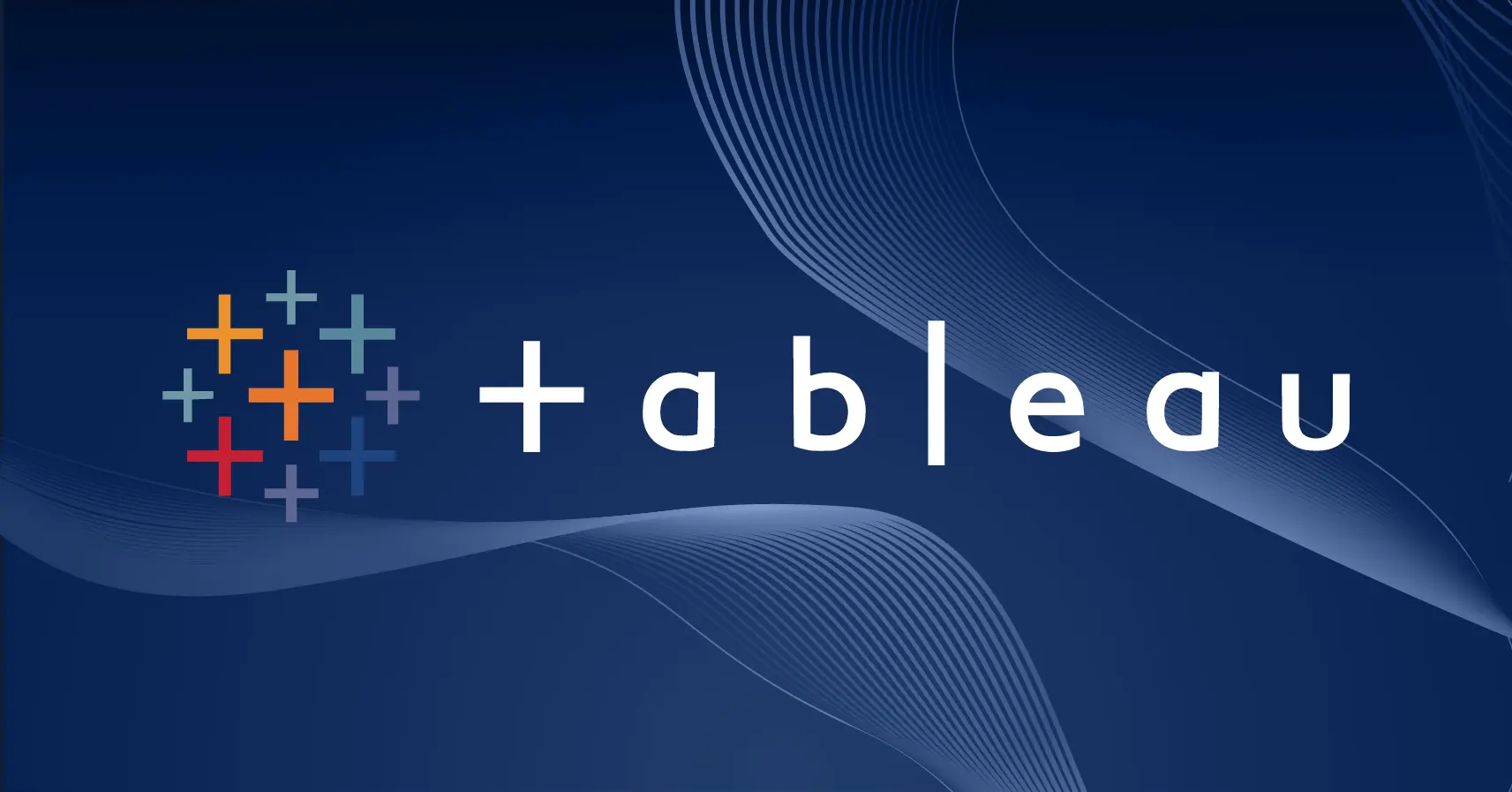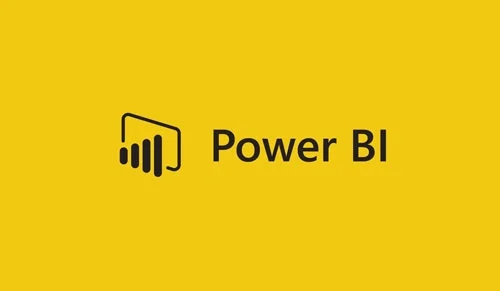Tableau
📘 Tool Name: Tableau
🔗 Official Site: https://www.tableau.com
🎥 AIC Contributor: https://www.tiktok.com/@lifeofatechceo
🧩 Quick Look
Tableau is an AI-powered data analytics platform for creating interactive visualizations and dashboards.
Beginner Benefit: Turns complex data into easy-to-understand visuals!
🌟 Tableau 101
Tableau, launched in 2003, is a leading data analytics tool designed to help users visualize and analyze data through interactive dashboards. It incorporates AI to assist with data prep and provide insights via natural language queries. The platform is widely used by businesses for data-driven decision-making.
Tableau offers drag-and-drop visualization tools, predictive analytics, and AI-driven features like “Ask Data,” targeting analysts, executives, and teams needing actionable insights. It’s accessible on desktop, web, and server deployments, with integrations for databases like SQL and cloud platforms like AWS. The tool’s AI capabilities help users uncover trends and forecast outcomes without deep technical expertise.
While Tableau is powerful, its learning curve can be steep for beginners, and licensing costs are high for smaller teams. Its value lies in transforming raw data into actionable insights, making it ideal for business intelligence and reporting. However, users may need training to fully leverage its advanced features.
📚 Key AI Concepts Explained
Ask Data: Uses AI for natural language queries.
Predictive Analytics: Forecasts trends with AI models.
📖 Words to Know
Dashboard: A collection of data visualizations.
Viz: A single data visualization (e.g., chart).
Data Source: The dataset connected to Tableau.
🎯 Imagine This
Think of Tableau as an AI-powered artist painting your data story!
🌟 Fun Fact About the Tool
Did You Know? Tableau was acquired by Salesforce in 2019!
✅ Pros
Creates stunning visualizations.
AI supports natural language queries.
Integrates with many data sources.
❌ Cons
Steep learning curve for beginners.
High licensing costs.
Requires training for advanced features.
🧪 Use Cases
Build sales dashboards for real-time insights.
Forecast trends with predictive analytics.
Analyze customer data with interactive charts.
💰 Pricing Breakdown
Free: Tableau Public for non-private data.
Paid: Starts at $70/month per user.
Check the official site for current pricing.
🌟 Real-World Examples
A sales team built dashboards with Tableau.
An analyst forecasted trends using AI features.
⚠️ Initial Warnings
Be prepared for a learning curve with advanced features.
Consider costs for professional use cases.
Use Tableau Public only for non-sensitive data.
❓ Beginner FAQ
Is Tableau free? Yes, Tableau Public is free; paid plans start at $70/month.
Do I need tech skills? Yes, for advanced features; basic use is easier.
What does it do? Visualizes data with AI insights.
🚀 Getting Started
Visit https://www.tableau.com and sign up.
Connect a data source and create a viz.
Use AI to query your data with natural language!
💡 Power-Ups
Use Ask Data for quick insights.
Leverage predictive analytics for forecasting.
Share dashboards with your team.
🎯 Difficulty Score: 5/10 🟡 (Moderate)
Tableau’s drag-and-drop interface is approachable, but creating complex visualizations requires some learning. Beginners can start with basic charts fairly easily.
Advanced features like predictive analytics and data prep can be challenging without training. With practice, most users can unlock its full potential.
⭐ Official AI-Driven Rating: 9.3/10
Tableau excels in data visualization with AI-driven features like natural language queries, offering powerful insights. Its integrations with various data sources add significant value.
The learning curve and high costs are drawbacks, though feedback praises its impact on decision-making. It’s a top choice for business intelligence.
⚖️ Stay Safe
Warning: Our content is provided for informational purposes only; we urge users to conduct their own research (DYOR) to make informed decisions and protect themselves from potential risks. We’re here to showcase tools, not guide financial decisions, so verify the site’s authenticity before sharing personal data and always perform your own due diligence to ensure safety!
🔗 Official Site: https://www.tableau.com
🎥 AIC Contributor: https://www.tiktok.com/@lifeofatechceo
🧩 Quick Look
Tableau is an AI-powered data analytics platform for creating interactive visualizations and dashboards.
Beginner Benefit: Turns complex data into easy-to-understand visuals!
🌟 Tableau 101
Tableau, launched in 2003, is a leading data analytics tool designed to help users visualize and analyze data through interactive dashboards. It incorporates AI to assist with data prep and provide insights via natural language queries. The platform is widely used by businesses for data-driven decision-making.
Tableau offers drag-and-drop visualization tools, predictive analytics, and AI-driven features like “Ask Data,” targeting analysts, executives, and teams needing actionable insights. It’s accessible on desktop, web, and server deployments, with integrations for databases like SQL and cloud platforms like AWS. The tool’s AI capabilities help users uncover trends and forecast outcomes without deep technical expertise.
While Tableau is powerful, its learning curve can be steep for beginners, and licensing costs are high for smaller teams. Its value lies in transforming raw data into actionable insights, making it ideal for business intelligence and reporting. However, users may need training to fully leverage its advanced features.
📚 Key AI Concepts Explained
Ask Data: Uses AI for natural language queries.
Predictive Analytics: Forecasts trends with AI models.
📖 Words to Know
Dashboard: A collection of data visualizations.
Viz: A single data visualization (e.g., chart).
Data Source: The dataset connected to Tableau.
🎯 Imagine This
Think of Tableau as an AI-powered artist painting your data story!
🌟 Fun Fact About the Tool
Did You Know? Tableau was acquired by Salesforce in 2019!
✅ Pros
Creates stunning visualizations.
AI supports natural language queries.
Integrates with many data sources.
❌ Cons
Steep learning curve for beginners.
High licensing costs.
Requires training for advanced features.
🧪 Use Cases
Build sales dashboards for real-time insights.
Forecast trends with predictive analytics.
Analyze customer data with interactive charts.
💰 Pricing Breakdown
Free: Tableau Public for non-private data.
Paid: Starts at $70/month per user.
Check the official site for current pricing.
🌟 Real-World Examples
A sales team built dashboards with Tableau.
An analyst forecasted trends using AI features.
⚠️ Initial Warnings
Be prepared for a learning curve with advanced features.
Consider costs for professional use cases.
Use Tableau Public only for non-sensitive data.
❓ Beginner FAQ
Is Tableau free? Yes, Tableau Public is free; paid plans start at $70/month.
Do I need tech skills? Yes, for advanced features; basic use is easier.
What does it do? Visualizes data with AI insights.
🚀 Getting Started
Visit https://www.tableau.com and sign up.
Connect a data source and create a viz.
Use AI to query your data with natural language!
💡 Power-Ups
Use Ask Data for quick insights.
Leverage predictive analytics for forecasting.
Share dashboards with your team.
🎯 Difficulty Score: 5/10 🟡 (Moderate)
Tableau’s drag-and-drop interface is approachable, but creating complex visualizations requires some learning. Beginners can start with basic charts fairly easily.
Advanced features like predictive analytics and data prep can be challenging without training. With practice, most users can unlock its full potential.
⭐ Official AI-Driven Rating: 9.3/10
Tableau excels in data visualization with AI-driven features like natural language queries, offering powerful insights. Its integrations with various data sources add significant value.
The learning curve and high costs are drawbacks, though feedback praises its impact on decision-making. It’s a top choice for business intelligence.
⚖️ Stay Safe
Warning: Our content is provided for informational purposes only; we urge users to conduct their own research (DYOR) to make informed decisions and protect themselves from potential risks. We’re here to showcase tools, not guide financial decisions, so verify the site’s authenticity before sharing personal data and always perform your own due diligence to ensure safety!






Not Rated Yet